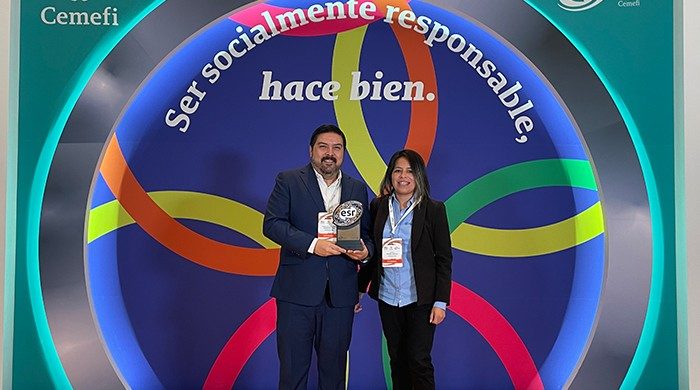Against a background of increasing climate and regulatory pressures, the Tagus Water Authority (CHT) continues to upgrade its Automatic Hydrological Information System (SAIH in its Spanish acronym) as a key tool for managing water resources and preventing natural hazards in the basin.
The Tagus basin covers an area of more than 55,000 km² and has a population of almost eight million people in its catchment area in Spain, making it highly complex to manage. Its control network consists of 222 SAIH stations, 30 water quality information system stations (SAICA), 12 river gauging stations (ROEA), and more than 100 piezometers (SAIHTajo). The volume of data generated by this infrastructure requires advanced technological solutions to transform the data into actionable knowledge.
Advanced management for complex challenges
The upgrade of the Tagus SAIH responds to operational needs on one hand, but it is also part of a comprehensive strategy to improve hydrological forecasting, anticipate pollution episodes, and advance the sustainable use of resources. In addition, variables are monitored to track compliance with the requirements of the Water Framework Directive and to strengthen resilience to floods and droughts, which are becoming increasingly frequent and intense.
To address these challenges, the Tagus Water Authority has placed its trust in the consortium made up of Idrica and Adasa Sistemas. While Adasa contributes its experience in smart grid systems and operations, Idrica leads the hydrological aspects of the SAIH.
“The aim of the project is to guarantee water and hydraulic security for all of the basin’s users, maintaining and improving critical infrastructure to facilitate real-time decision-making,” explained Sergio Morant, a Flood Risk Specialist at Xylem Vue, the platform developed by Idrica in collaboration with the multinational Xylem.
As such, the project has two strands: firstly, corrective, preventive, and ongoing maintenance of the equipment deployed throughout the basin, which includes weather stations, level and flow sensors in rivers and dams, as well as IT infrastructure such as databases and digital architecture. This work ensures that the system continues to function reliably, while incorporating technological improvements to make it more holistic and efficient.
Secondly, the hydrological operations, carried out by Idrica, entail continuous monitoring of the network in both ordinary and extraordinary situations using advanced digital systems and tools.
This involves drawing up reports, performing advanced data analysis, and helping the CHT to make informed decisions about floods, droughts, and dam releases. Its effectiveness was demonstrated in the first few months of 2025, when four major storms showed why these systems are essential.
In short, this project consolidates the Tagus SAIH as a key infrastructure for water security in the center of the Spanish peninsula and positions the basin as a benchmark in the application of digital solutions for water management at a time when technology is key to cope with the impact of climate change.




